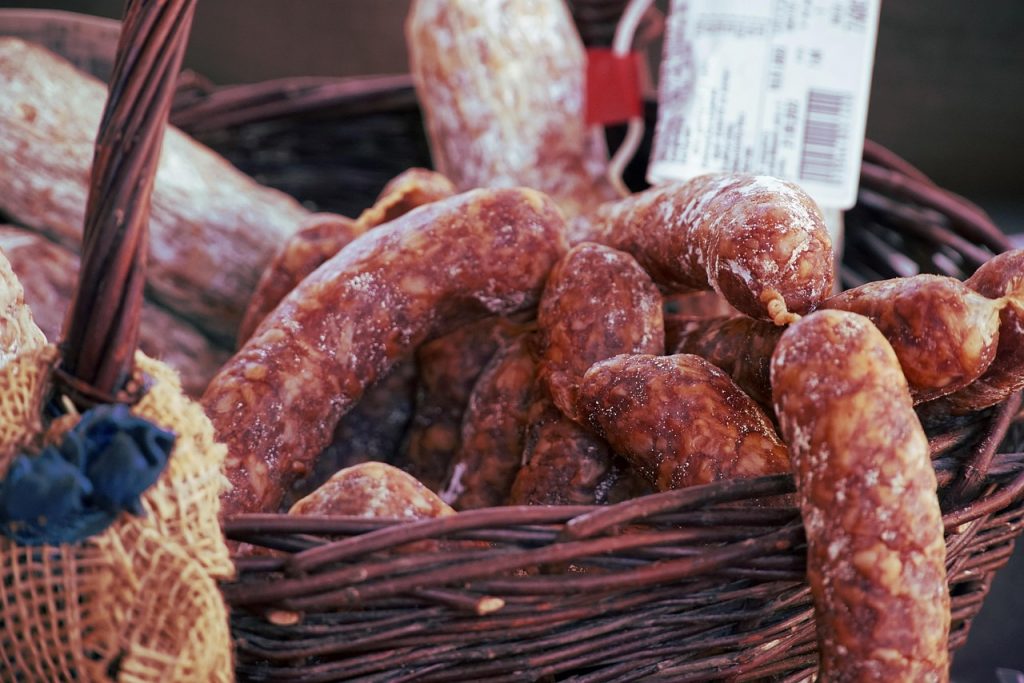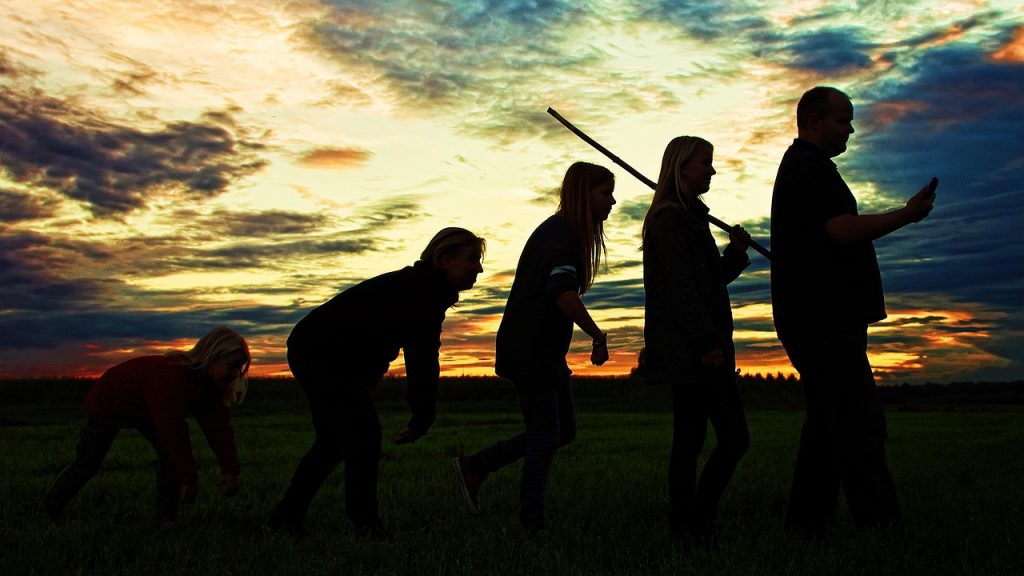Corpus Christi is one of the highest feast days in the Roman Catholic church year, also known as the Solemnity of the Most Holy Body and Blood of Christ. The Latin name of the feast of the Lord is “Sollemnitas Sanctissimi Corporis et Sanguinis Christi”, in other languages such as English, French, or Italian, the feast day is called “Corpus Christi”.
When is Corpus Christi celebrated?
The date on which the holiday falls depends on the movable date of Easter. Corpus Christi is celebrated on the 60th day after Easter Sunday, the second Thursday after Pentecost, or the Thursday after Trinity Sunday (Trinitatis). The date for Corpus Christi is, therefore always between May 21 and June 24.
Where does the name Corpus Christi come from?
Corpus Christi means “body of the Lord” and is derived from the Middle High German words vron (lord, dominion) and lichnam (body).
In modern usage, the holiday’s name is confusing at first glance, as it has nothing to do with Fron in the sense of work and compulsion, nor with the corpse as a lifeless body. In fact, the opposite is the case: the name Corpus Christi describes an extremely lively celebration in honor of the body of the Lord.
What do Catholics celebrate at Corpus Christi?
Corpus Christi is all about Jesus Christ. It is a celebration of gratitude for the physical presence of Jesus in bread and wine and the communion of the faithful with him in the Lord’s Supper.
Remembrance of Maundy Thursday
The significance of Corpus Christi is closely linked to Jesus’ Last Supper and the institution of the Eucharist. On the evening of Maundy Thursday, Jesus celebrated the Last Supper with his disciples. With the words “This is my body” […] “This is my blood”, he distributed bread and gave wine to the disciples. According to Catholic belief, Jesus is actually physically present in the Eucharist in the form of bread and wine.
Due to the reference to the events on Maundy Thursday, this day would actually have been a good date for the feast. However, the tranquil character of Holy Week contradicts pompous, joyful celebrations.
Origin of the holiday
Corpus Christi is one of the so-called feasts of ideas. In contrast to festivals such as Christmas or Easter, which celebrate a concrete salvation event from the life of Jesus, the idea of festivals focuses on the truth of faith.
Visions of a nun
The origins of Corpus Christi date back to the 13th century. The Augustinian nun Juliana of Liège reported a vision: she saw the moon with a dark spot in a dream. The vision was interpreted to mean that the church lacked a feast in honor of the sacrament of the altar.
In 1246, Bishop Robert of Liège introduced the feast of the bodily presence of Christ in the Eucharist in his diocese. In 1264, Pope Urban IV. made Corpus Christi a feast of the whole Church.
The bleeding host of Bolsena
The decisive factor was the blood miracle of Bolsena in 1263: during the celebration of Holy Mass, the priest Peter of Prague discovered “drops of blood” on the consecrated hosts. His previous doubts about the dogma of transubstantiation, the transformation of bread and wine into the body and blood of Jesus Christ, were dispelled by the “bleeding” hosts.
The hosts were brought to Pope Urban IV, who then set the second Thursday after Pentecost as the date for the feast of the Eucharist. However, it took until the 14th century for the festival to spread everywhere. The first Corpus Christi procession took place in Cologne in 1279.
Customs on Corpus Christi
Corpus Christi is still the most popular religious festival in the Roman Catholic church year, and it is celebrated magnificently with processions. In many towns and communities, preparations start several months in advance. In addition to the various church groups, local associations and groups such as music societies, voluntary fire departments, and kindergartens often participate in the processions themselves.
The course of the procession
The Corpus Christi procession takes place after Holy Mass in the morning. Through the streets, the priest carries the monstrance with the Blessed Sacrament, a consecrated wafer. The congregation accompanies him with music, singing, and prayers. In keeping with the high feast day, the monstrance is often particularly decorated with gold and precious stones.
A canopy is often stretched over the priest with the monstrance and host. The canopy is a richly decorated rectangular cloth stretched and carried on four poles. The canopy is usually carried by members of the congregation. This is an honorary task for the canopy bearers.
The procession stops at four stations. Altars, richly decorated with flowers, are set up and aligned with the four cardinal points. At each station in the procession, one of the four gospels is read, intercessions are made, and the priest gives a blessing.
In some regions, it is still customary today to lay elaborate flower carpets in front of the station altars. These colorful splendors depict biblical scenes, saints, or Christian symbols. On the morning before the feast of Corpus Christi, parishioners painstakingly lay out the flower carpets so that the priest does not have to walk on the ground with the Blessed Sacrament.
Special Corpus Christi processions
In some parishes, there are special processions to marvel at, which are also popular with non-Catholics and are real crowd-pullers.
Lake processions occur annually in Traunkirchen and Hallstatt in Upper Austria, and Seehausen am Staffelsee in Bavaria.
- Hector Pascua/picture: Bild von Duernsteiner auf Pixabay
This post has already been read 5306 times!



